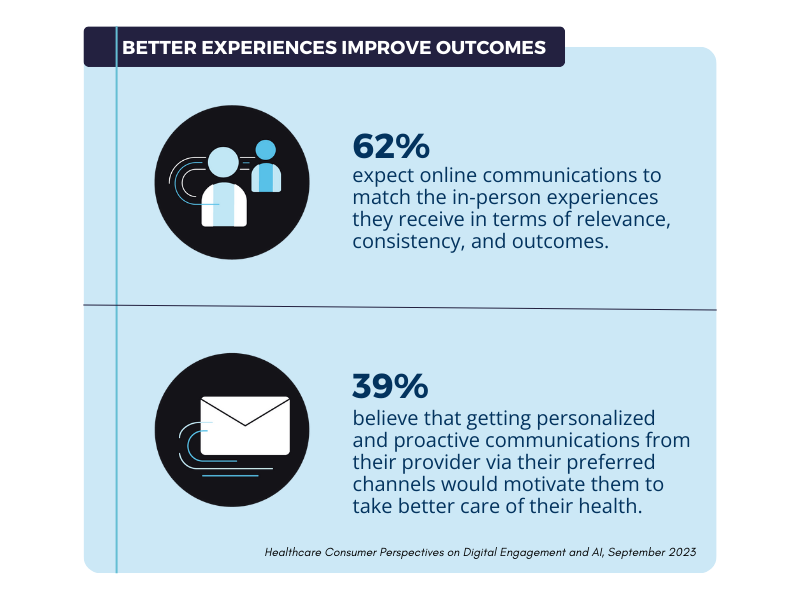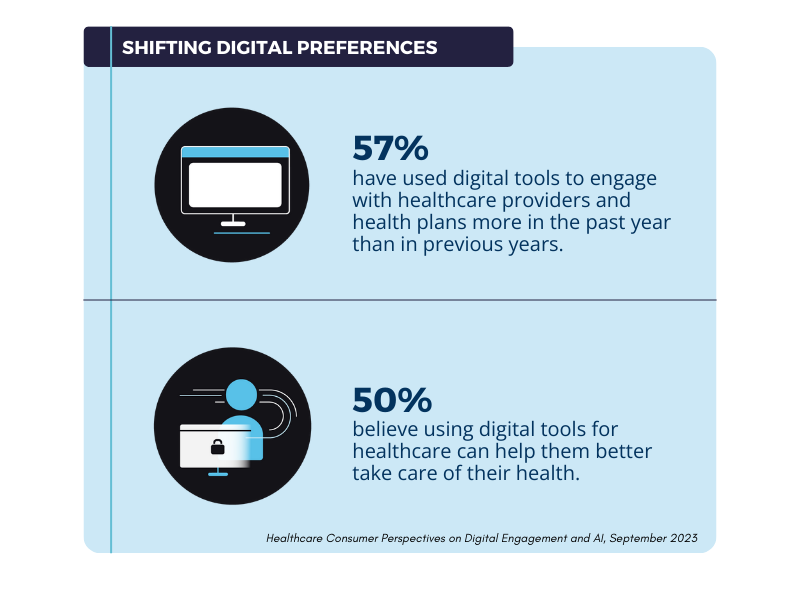Healthcare marketing employs distinct B2B and B2C strategies to reach different audiences within the medical and healthcare product and services sectors. B2B marketing targets healthcare providers, medical suppliers, and insurance companies, while B2C marketing focuses on patient outreach and service promotion. Both approaches require specialized marketing tactics that comply with healthcare regulations, such as HIPAA, while meeting business objectives.
Marketing to Healthcare Businesses
Medical device manufacturers, pharmaceutical companies, and healthcare technology providers develop B2B marketing plans to reach hospitals, medical practices, and other healthcare organizations. These campaigns focus on technical specifications, return on investment, and operational benefits. Marketing teams create detailed product documentation, research papers, and case studies to support their sales efforts. Teams usually participate in healthcare trade shows, industry conferences, and professional networking events to build relationships with potential buyers, as well as deploying email campaigns and social media engagement programs. B2B healthcare marketing requires extensive knowledge of medical procurement processes, insurance reimbursements, compliance requirements, and industry standards.
Patient-Focused Marketing Strategies
B2C healthcare marketing connects medical providers, payers and suppliers with potential patients through direct outreach and service promotion. Marketing campaigns display treatment options, medical expertise, and patient benefits. Organizations develop educational content about health conditions, preventive care, and treatment outcomes, and typically carry out email campaigns and engagements programs to connect with targets. They use patient testimonials and success stories to build trust with prospective patients and customers. Marketing content and materials should be education and informative, addressing common health concerns and explaining medical procedures and advice in accessible language. Patient engagement and response rates are tracked by teams to measure campaign effectiveness.
Channel Selection and Message Development
Healthcare organizations select different marketing channels based on their B2B or B2C audience. B2B campaigns utilize secure email campaigns, industry websites and media outlets, and LinkedIn for content distribution. B2C marketing can also include advertising, social media awareness and engagement, and consumer health websites. Marketers should develop separate content strategies for each audience type. B2B content emphasizes technical details and business value, while B2C messages focus on patient experience and better health outcomes. Channel selection, such as email and/or patient portals, considers audience preferences, regulatory requirements, and cost-effectiveness.
Building Professional Networks
B2B healthcare marketing can contribute to building relationships through professional networking and industry partnerships. Organizations develop referral networks with other healthcare providers and supplest, and maintain connections with payers, such insurance companies and government health plans. Marketing teams may organize educational events for healthcare professionals, including digital marketing and CX teams, and participate as members in industry associations, where they create partnership programs that benefit both organizations and their patients. These relationships help healthcare providers expand their service reach and improve awareness. Marketing efforts focus on maintaining long-term business relationships that generate consistent referrals and business opportunities.
Managing Patient Relationships
B2C marketing in healthcare focuses on patient acquisition and retention through personalized communication over channels like email and text. Organizations develop patient engagement programs that include regular health updates, marketing promotions, plan renewals, new product offers, appointment reminders, and wellness information. Marketers can create patient education materials and health resource libraries, where they manage online review platforms and patient feedback systems to maintain strong relationships. Patient relationship management includes tracking satisfaction scores and addressing service concerns promptly. Marketing campaigns can encourage patient loyalty through quality care experiences and relevant, responsive communication.
Measuring Healthcare Marketing Performance
Healthcare organizations typically track different metrics for B2B and B2C marketing success. B2B measurements include conversions, contract values, partnership agreements, and referral volumes. B2C metrics focus on patient acquisition costs, service utilization, and satisfaction ratings. Data is analyzed from all channels to optimize their strategies and resource allocation. Team should compare campaign performance across different audience segments and marketing approaches. Regular performance reviews help organizations adjust their marketing mix to achieve better results. Teams will then use analytics tools to track marketing return on investment and guide future campaign planning.









 SSL and TLS play critical roles in securing data transmission over the internet, and AES-256 is integral in their most secure configurations. The original standard was known as Secure Sockets Layer (SSL). Although it was replaced by Transport Layer Security (TLS), many in the industry still refer to TLS by its predecessor’s acronym. While TLS can be relied on for securing information at a high level—such as US Government TOP SECRET data—improper or outdated implementations of the standard may not provide much security.
SSL and TLS play critical roles in securing data transmission over the internet, and AES-256 is integral in their most secure configurations. The original standard was known as Secure Sockets Layer (SSL). Although it was replaced by Transport Layer Security (TLS), many in the industry still refer to TLS by its predecessor’s acronym. While TLS can be relied on for securing information at a high level—such as US Government TOP SECRET data—improper or outdated implementations of the standard may not provide much security.



